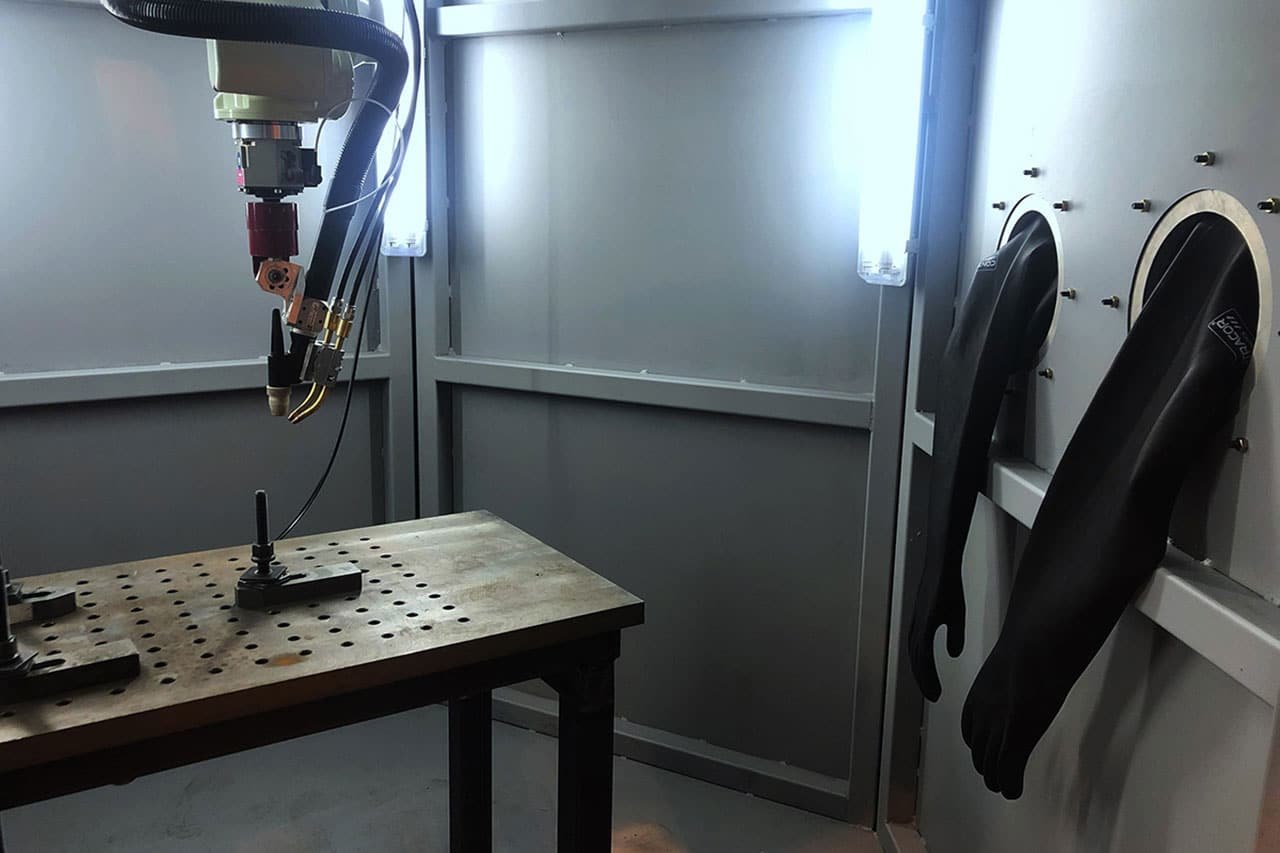With the benefits of less material waste and the ability to make lightweight, high-strength structures, titanium 3D printing is finding its niche in many industries. Titanium is an expensive material, but due to its strength properties and low specific weight, it is indispensable for various industries. The excellent material properties of titanium in combination with the advantages of 3D printing make the application of this technology in areas such as aerospace or biomedicine a very high added value.
Researchers at the Peter the Great St. Petersburg Polytechnic University (SPbPU) have developed a unique 3D printer called “Prisma”, which is mainly used to print structures made of titanium. This printer can also be used to print steel, aluminum, magnesium and nickel alloy products.
Prism’s printing system is located in a chamber with an inert atmosphere. The researchers used the wire as a raw material to ensure the high productivity of the process. The layers are deposited in the 3D printer, in which the wire is melted by burning an electric arc. In a developed printer, two wires can be fed at the same time to increase productivity and to synthesize new alloy or gradient structures from two different wires.
Prism’s printing system is located in a chamber with an inert atmosphere. Image credit: SPbPU
For numbers, German and Spanish companies are limited to wire feed speeds of 6 m / min, while the SPbPU printer prints at a line speed of 12 m / min.
“Our“ Prisma ”printer has higher performance characteristics than its analogs,” notes Oleg Panchenko, head of the SPbPU Lightweight Materials and Structures Laboratory. “By using a chamber with an inert atmosphere, we can print on any metal, even if it is very active like titanium. Printing technology itself has also been improved by the scientific group at SPbPU through the development of a two-wire feed system and a special form of current and voltage waveforms used for burning arcs. “
“In fact, two different materials can be used in 3D printing. The use of two different wires helps in the manufacture of innovative materials with gradient transitions in the structure or, for example, intermetallic compounds, which are currently rarely used due to the complexity of product manufacture. So we can print a 4 kg titanium product within an hour. Our printer can be adapted to the needs of a particular company due to the use of the robotic arm, in particular to enlarge its printing area or, on the contrary, to reduce it. “
Researchers have already received several patents for the solutions used in the printer.
